El Greco (1541-1614)
Get a El Greco Certificate of Authenticity for your painting or a COA for your El Greco drawing or sculpture.
For all your El Greco artworks you need a Certificate of Authenticity in order to sell, to insure or to donate for a tax deduction.
How to get a El Greco Certificate of Authenticity is easy. Just send us photos and dimensions and tell us what you know about the origin or history of your El Greco painting, drawing or sculpture.
If you want to sell your El Greco painting, drawing or sculpture use our selling services. We offer El Greco selling help, selling advice, private treaty sales and full brokerage.
We have been authenticating El Greco and issuing certificates of authenticity since 2002. We are recognized El Greco experts and El Greco certified appraisers. We issue COAs and appraisals for all El Greco artworks.
Our El Greco paintings, drawings and sculptures authentications are accepted and respected worldwide.
Each COA is backed by in-depth research and analysis authentication reports.
The El Greco certificates of authenticity we issue are based on solid, reliable and fully referenced art investigations, authentication research, analytical work and forensic studies.
We are available to examine your El Greco painting, drawing or sculpture anywhere in the world.
You will generally receive your certificates of authenticity and authentication report within two weeks. Some complicated cases with difficult to research El Greco paintings, drawings or sculpture take longer.
Our clients include El Greco collectors, investors, tax authorities, insurance adjusters, appraisers, valuers, auctioneers, Federal agencies and many law firms.
We perform El Greco art authentication, appraisal, from certificates of authenticity (COA), analysis, research, scientific tests, full art authentications. We will help you sell your El Greco or we will sell it for you.

Domenikos Theotocopoulos, known as El Greco (the Greek), was born in 1541. This Cretian born painter, architect, and sculptor is remembered as the first great artist to emerge from the Spanish school.
Very little information is known about El Greco’s youth. What little information we have about the artist can be found in different texts where he is mentioned. In 1566, he was labeled a master painter in a Cretan document. He traveled to Venice and moved to Rome in 1570. He was said to have been a pupil of Titian, but he was also influenced by Michelangelo and Tintoretto.
The Purification of the Temple, a very popular theme, served as the subject for two of El Greco’s surviving Italian period paintings. By 1577, he was at Toledo. He remained there until his death.
The last few years of El Greco’s life saw an evolution of his artwork. His style became more mature. He further developed his trademark of painting hues of blue and elongated forms to express religious feeling. He was commissioned to execute decorations for several altarpieces. These were his biggest projects yet, but he executed them magnificently.
El Greco also created other pieces such as portraits, two views of Toledo, and a mythological painting. His workshop produced various replications of his paintings, but his unique style did not really inspire others to follow in his technique. A number of theories have surfaced regarding the odd flavor off his art. Some experts claimed he was either mad or suffered from astigmatism, which would cause blurred, distorted vision.
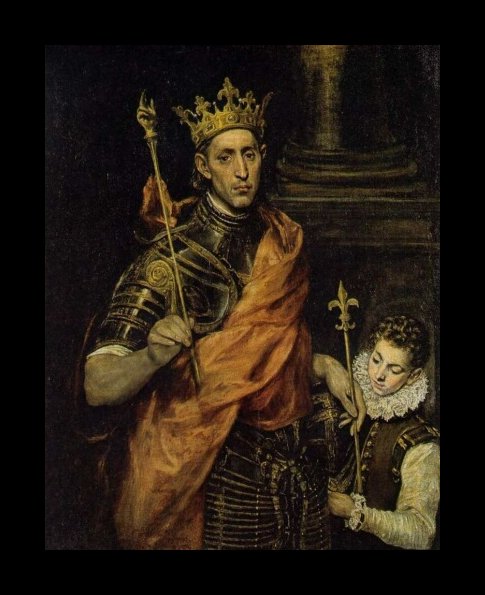
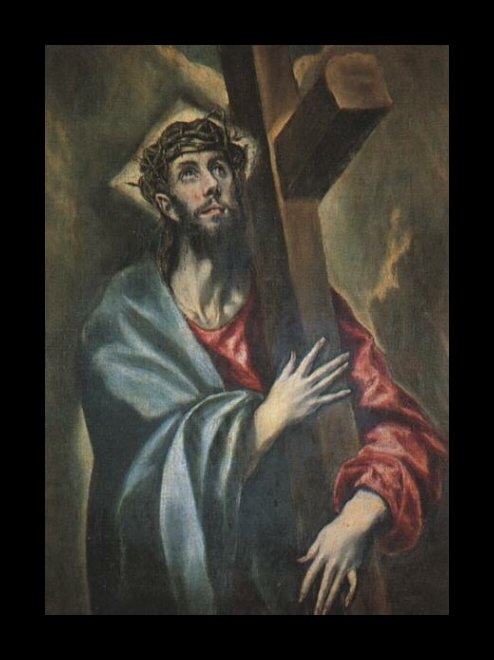
El Greco is remembered as a proud man. He liked to think of himself as a philosopher rather than a craftsman. He always led a lavish lifestyle. This was despite the fact that he didn’t really have any royal clients. In fact, toward the end of his life, he was plagued by financial difficulties. He died in 1614.
Very few of El Greco’s paintings exist. He usually signed them in Greek characters followed by Kres (Cretan). His works are characterized by elegance with religious undercurrents. Although his works always resonate with passion, they also show restraint and control. Many of El Greco’s works are hard to analyze or comprehend. Art enthusiasts and critics have argued for years over the intended meaning of many of his paintings. However, despite the puzzling images of many of El Greco’s paintings, his work continues to fascinate people today.

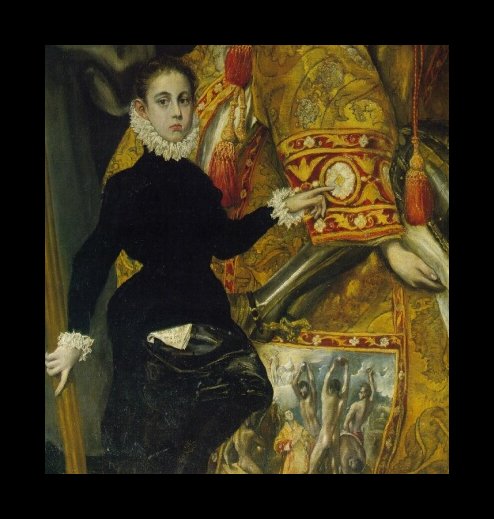
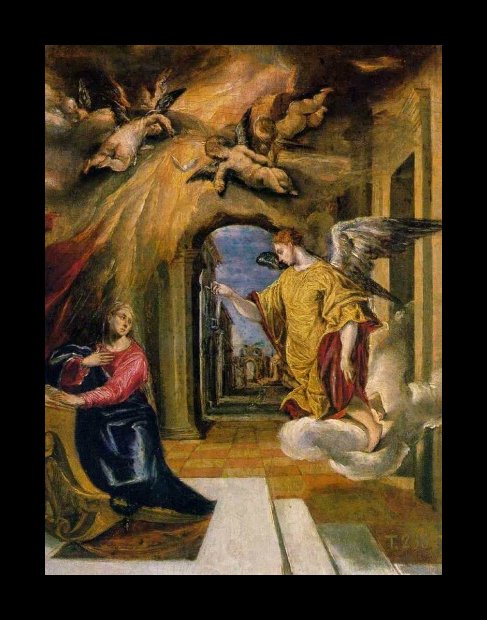
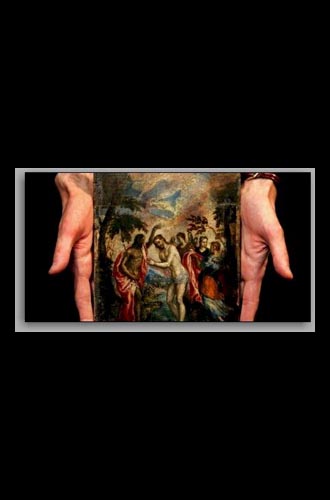
This Baptism of Christ by El Greco just sold for US $1,475,000 at an auction in London. It dates from between 1567-70. It was rediscovered recently and was acquired by the Municipality of Crete, the birthplace of Domenikos Theotokopoulus.
The work was found in an envelope by a Spanish family who had had it in their family since the mid-19th Century but did not realize its importance.
Mayor of Heraklion, Yannis Kourakis, said: “We are ecstatic that we have managed to raise the funds and acquired this painting. It is such an important and beautiful piece, especially to the people of Crete, and we are happy that the picture will now be displayed in the artist’s birthplace.”
Still wondering about a painting in your family collection? Contact us…it could be by El Greco.
Reviews
1,217 global ratings
5 Star
4 Star
3 Star
2 Star
1 Star
Your evaluation is very important to us. Thank you.
